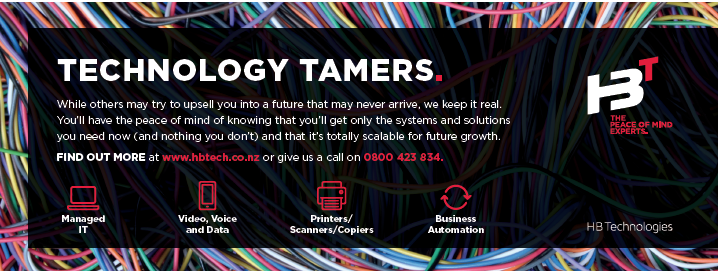Business intelligence (BI) and the ability to draw higher-level understandings from your data is fundamental for any organisation striving to be agile, future-proofed and ready for tomorrow.
Business intelligence, or BI, is how organisations collect, organise and contextualise data, often using BI reporting tools to provide data-driven insights at a glance and in easy to understand formats. BI refers to a wide range of data-related activities, including data mining, reporting, and querying. All organisations should seriously consider a Business Intelligence initiative to assist in a better understanding of business performance. Financial analysis and forecasts are still an essential part of business planning, but now only provide part of the picture. As companies expand and evolve, data can become more challenging to manage consistently. As a result, businesses regularly face obstacles that prevent them from performing a comprehensive analysis of their data to drive informed business decisions. Fortunately, there are new and powerful business tools doing away with these issues. There are plenty of business intelligence software and services available to help organisations gather and organise data more effectively, improve information access across their business, and successfully support more accurate, reliable results.
1. Simple and accessible insights
You don’t have to be a software engineer to start using BI for data analysis or understand how it presents information. BI applications make reading and submitting visual reports as straightforward or as detailed as you want it. The tools for building dashboards is usually drag-and-drop, so you can organise data with a few clicks and customise how it is presented. Beginners and experts can use BI tools to quickly explain increases or decreases in data charts by a simple click on an analyse button. The results are displayed in a window with simplified visualisation and an insightful description outlining what factors may have impacted your data. A great example is where data is gathered from machinery operating within a factory. The data can be integrated with a BI tool to identify trends of machinery performance over time.
A human operator can observe this to determine whether the production cycle is slowing; if so, they could work further to identify which machine requires service, dispatching a technician to perform maintenance before the problem results in downtime and a loss of productivity. Some BI tools can identify the underperforming machinery’s specific part, such as by determining that the motor is overheating.
2. Collate data from separate systems into one dashboard
BI tools can be used by anyone in your organisation and can be customised to their role and requirements. The tools can quickly create simplified visualisations of your most business-critical data that anyone can read and understand at a glance.
Why is any of this useful? A unified dashboard can act as a quick reference for any employee needing to access relevant data in a hurry, such as in a meeting. It also makes sharing insights easier if you collaborate remotely.
3. Using BI to identify past results, current performance, and for future predictions
Data modelling has made it possible to forecast trends and predict future outcomes relatively accurately with modern-day software. BI tools can provide great predictive analytics and forecasting features to explore reliable future results for your business. Using the analytics and forecasting tools in BI applications, you can run and compare different ‘What If’ scenarios on your information such as financial forecasts or industry-specific growth markets by adding a forecast to your chart without needing a data analyst’s services. BI Tools use built-in predictive forecasting models to automatically detect seasonality, next reporting period (week, month, year) and provide forecasting results. These models learn from historical data using statistical algorithms (often of the data mining or machine learning kind) to derive probable results and project them in an easy to understand graphical visualisation.
Conclusion:
Business intelligence is becoming an essential part of today’s business. When combined with business analytics, BI offers an ability to differentiate past from present, while predicting the future and responding accordingly. Businesses that implement BI into their operations will likely enhance their competitive edge and bottom line. They can stay across trends and key results optimising their processes based on data-driven insights and making future decisions based on more accurate predictions of what the future might hold.


